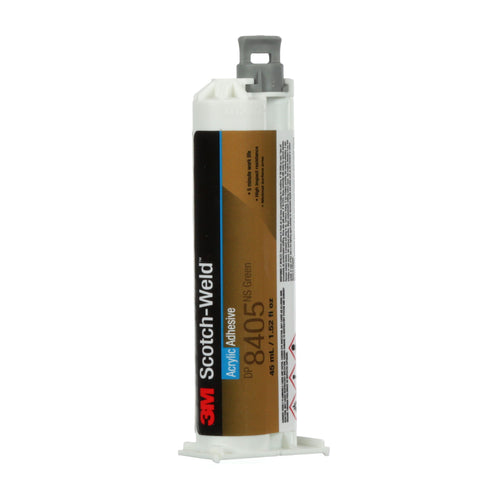The Best Adhesives for Nylon Bonding
When choosing an adhesive, the substrates matter. Substrates can not only impact the type of adhesive you use but also the production process. Some materials are harder to bond than others or have specific requirements. But adhesives have come quite far to accommodate for these trickier applications, like bonding nylon.
A Closer Look at Nylon
Nylon is a synthetic plastic material composed of polyamide. A versatile material, it has different molecular structures based on its application and can be used in everything from clothing to manufacturing.
The DuPont Company first discovered nylon in their quest to find a viable commercial fiber with similar elastic properties to polyesters but without the drawbacks. After years of research, the DuPont Company officially introduced nylon to the American people through the way of women’s stockings at the New York World’s Fair in 1938. Later the company pivoted to using nylon in other applications such as military parachutes and tire cords to replace Japanese silk during WWII.1
What makes nylon so great and versatile is its strength, elasticity, and light weight. It is also resistant to heat, water, mildew, organic solvents, and more. While there are many benefits to using nylon, one downfall for many manufacturers is how to bond nylon together or to other materials.
How to Bond Nylon
Adhesives can be used to bond nylon to create a variety of products such as automotive parts, EV batteries, furniture, sporting goods, electronics, and more. But not doing the proper preparation or using the wrong product could lead to adhesive failure.
If you want to bond nylon to nylon or nylon to another material, you need to know the best way to go about it. There are so many adhesives for plastic, but nylon can be a whole different story. Nylon polymers tend to be difficult to bond with adhesives because they are chemically inert and hygroscopic (absorb water from the air). This absorbed water can affect adhesion by plasticizing the nylon and accelerating the migration of additives to the surface of the film.
To increase chemical reactivity and strengthen the nylon bond, extensive surface preparation is often needed. Many manufacturers will use plasma or flame treatment surface preparation to get optimum adhesion for their products.
Along with taking the right steps for preparation, you also need to ensure you are using the right products. Not all adhesives are created equally. If you are trying to find the best glue for nylon, you need to make sure the product is made for bonding nylon to nylon or to your specific substrate.
The Best Glue for Nylon Material
Not sure which nylon adhesive is right for you? Fortunately, we can help. Below are a few products we believe are some of the best adhesives for nylon.
-
![3M Scotch-Weld Nylon Bonder Structural Adhesive DP8910NS in 50 ml cartridge]()
3M Scotch-Weld Nylon Bonder Structural Adhesive DP8910NS
This acrylic adhesive is ideal for high-temperature and high-humidity applications. It has good adhesion to dissimilar items like bonding nylon to aluminum or stainless steel and a medium set speed. The best part is that this product requires minimal surface preparation. Instead of using flame or plasma treatment surface preparation, this product only needs a quick cleaning with an IPA wipe. This process can save manufacturers significant production time and money.
-
![MMA 330 High Performance Methacrylate Adhesive - 20 Minute Open Time]()
Infinity Bond MMA 330 Adhesive
This high-performance methacrylate adhesive is one of the best glues for nylon plastic but can also be used with steel, polyester, coated metal, acrylic, fiberglass, ABS plastic, and more. It has a medium set time and provides a strong, flexible bond. It does not require extensive surface preparation to help shorten production time and decrease unnecessary costs for manufacturers. With great shock and impact resistance, this adhesive can also hold up to extreme weather and thermal cycling.
-
![MMA 420 Toughened Impact Resistant MMA Adhesive - 5 Minute Open Time]()
Infinity Bond MMA 420
What sets this product apart from the others is its fast set speed with a working time of around 5 minutes. This structural adhesive is a great glue for nylon applications involving smaller parts or those that are part of high-volume product assemblies. Once cured, it creates a strong, permanent bond. It is also a temperature-resistant and impact-resistant adhesive that requires little to no surface preparation.
Find the Right Product for You
While these may be some of the best adhesives for nylon, they still may not be the best product for your specific needs. To ensure you are using the right adhesive for your job and budget, we want to help. Contact us today to speak with one of our adhesive experts. They will be able to help you find the right solution for you.
Sources:
- Science History Institute Museum & Library (2008). Nylon: A Revolution in Textiles
Ask a Question
Have questions? Our team of adhesive experts can help. Submit your questions and we'll get you answers right away. We're here to help.










